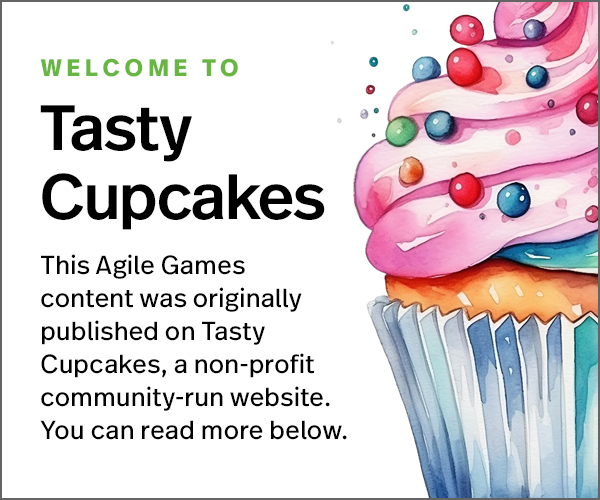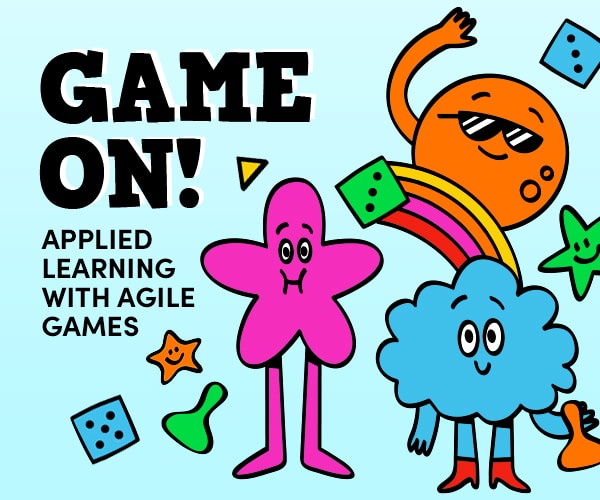Background
This is an idea I presented at the Retrospective Facilitator’s Gathering in May 2019. Newspaper articles tell stories based on facts. So this retrospective idea is to use this metaphor to capture data, analyze it, and decide on some actions. In some ways, it is similar to the team co-creating an A3 report. Each person is a reporter bringing the news back and then becoming the collective team creating the newspaper. Expect this to take between 30-120 minutes depending on the length of the iteration and what happened during it.
Gathering Data
After opening the retro, let people individually write 1-5 sentences about various aspects of what went well or didn’t go well. All the sentences should be based on fact, though allowing ‘squishy’ words like ‘many’, ‘often’, etc should be OK – if these become important the analysis portion can help qualify these. If these have data that can back them up, they can be included, such as “we had 3 broken builds this iteration”. These articles should be categorized by the writer into the following news sections:
- Politics are all articles about team collaboration
- Technology is all about tool usage
- Business is all about the process
- Science is about new discoveries or learning the team has made
- Foreign Affairs is all about things external to the team
- The Nation is the section devoted to things about management
- Real Estate is the section devoted to physical space (meeting rooms, team space, etc.)
Analysis/Gaining Insights
After the initial creation of stories, the team would come together and combine like stories. This is where multiple perspectives come together. The team would take these similar stories and provide analysis on these stories, collectively writing what they think is happening. For those ‘squishy’ words, they can be replaced with more quantitative or more descriptive qualitative words. Diagrams could be added. If people had categorized the same thoughts into different sections, part of the analysis could be agreeing on where it best fits.
Finally, they prioritize the 1-3 that will appear to be on the front page, analyze those as well; if not analyzed because of similarity. The other parts of the paper can be laid out into their appropriate sections (it’s OK not to have certain sections represented). Using the metaphor and laying out the newspaper is where the fun part is injected into this retro technique.
Decide What to Do
For those on the front page, create the planned elements or experiments that will be done to correct these (or amplify them if they are positive), adding these sentences to the story. In many cases, options for solving the problem may be discussed. These can be captured into the story as well for later reference.
Final front page stories then wind up being 1-5 factual statements of the problem, 1-3 sentences of analysis, and 1-3 actions (with options) that can be taken. A few other stories later in the newspaper wind up being factual statements and analyses, and most are just factual statements. These would be categorized into the appropriate sections and later retros could review the newspaper in future retros.
The fun part of the retro is doing the layout along the way, so don’t miss out by just having people write stuff. It is also worthwhile that the team give the newspaper a name and date it, just like a real newspaper.
If you decide to try this, I’d LOVE to hear how it went!






